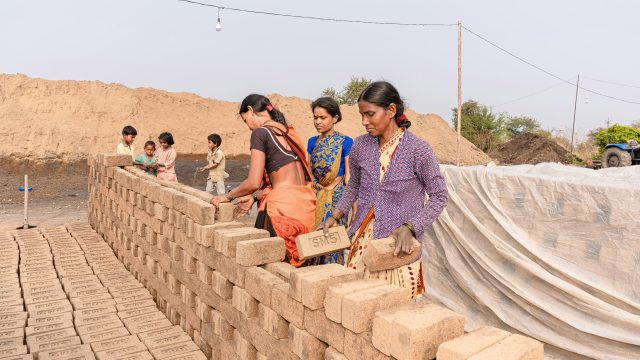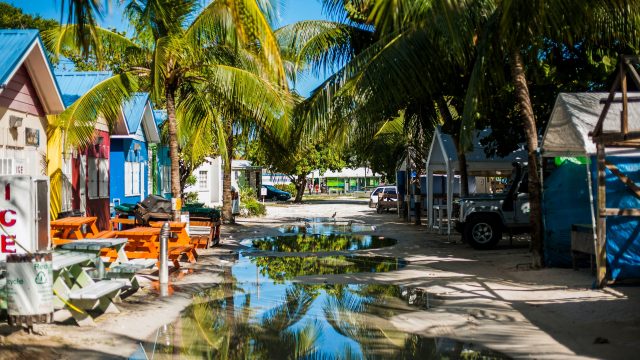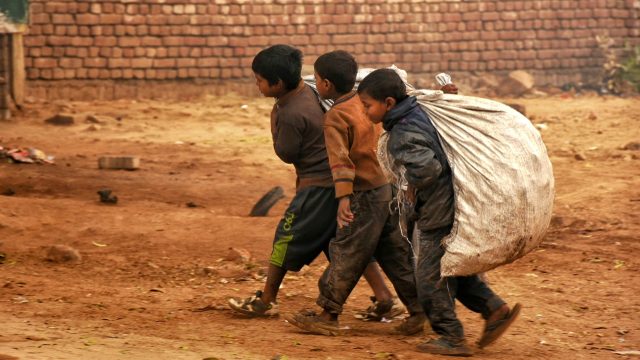The looming global debt crisis: lessons from Sri Lanka
A brewing debt crisis threatens to engulf dozens of countries. How did this happen and what can we learn from Sri Lanka’s example?
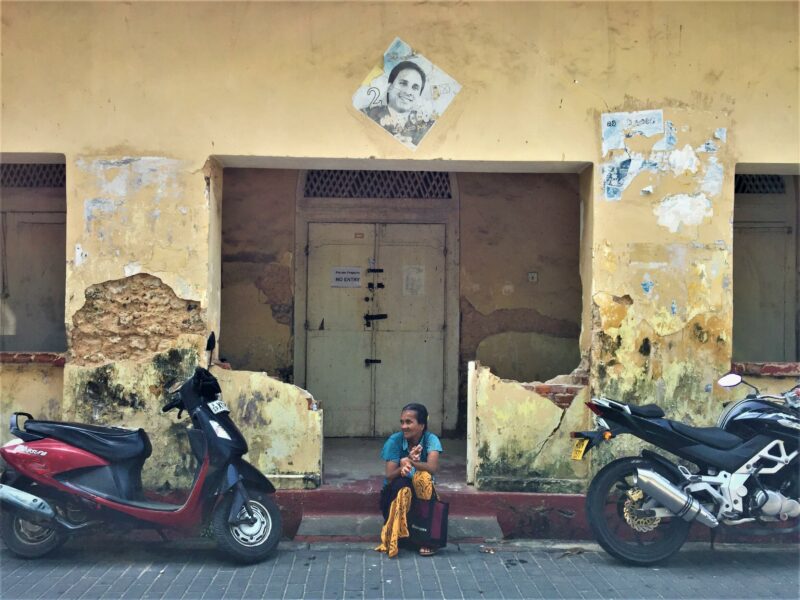
Just three years after it was declared a middle-income country, in the summer of 2022 Sri Lanka teetered on the edge of bankruptcy. Riots broke out, and malnutrition is now growing in a country with a once-proud free health and education service. But Sri Lanka is merely the most extreme recent example of a troubling debt crisis that is threatening to engulf dozens of middle-and low income countries, brought on by COVID, the war in Ukraine and destabilised energy markets.
How did this happen and what can we learn from Sri Lanka’s slide into the abyss?
The Sri Lanka case: environment and economic preconditions
Sri Lanka is rich in natural beauty, with some of the world’s densest populations of wild leopards, elephants and marine life such as turtles and whales. This natural beauty is part and parcel of the national identity and culture, with domesticated elephants central to Buddhist temple rituals and respect for wildlife core to both Buddhist and Hindu teachings. These thriving natural and cultural treasures, as well as Sri Lanka’s pristine beaches, swelled pre-COVID tourist arrivals.
“ Sri Lanka is a warning sign for countries around the world, all of which are grappling in different ways with a looming omnicrisis combining income inequality, debt, governance, food, energy and international relations.”
The rich soils of Sri Lanka are primarily planted with rice, drawing from the century old irrigation dams (or “tanks”) from which Sri Lankan kings made their mark. Many families also grow mini-forests or “home-gardens” of spices, fruits and other cash crops. Whilst Sri Lanka’s agricultural sector still employs a quarter of the workforce, climate change is already impacting the reliability and productivity of farming. In addition, more unpredictable rains have hampered the country’s high reliance on hydropower.
Increasingly incomes have shifted off farm, with women in particular moving to garment factories in free trade zones, while both women and men have migrated in huge numbers to countries in both the Middle East and East Asia, sending back remittances to the rural relatives left behind. While this was not without social costs, the income from the Sri Lankan diaspora did bring in much needed foreign currency – again initially reduced by the COVID pandemic.
Sri Lanka’s debt and environmental drivers
Whilst there are many drivers for Sri Lanka’s huge debt crisis - including economic mismanagement and corruption - at least two are environmental.
Firstly, Sri Lanka’s energy policy was blind to the growing ravages of climate change and the need to shift away from expensive fossil fuels. The large hydropower schemes (built largely with British aid money in the 1980s) were not climate-proofed and find themselves increasingly hampered by erratic rainfall linked to climate change. Secondly, the base load of coal fired fire plants (built with expensive and often unreliable Chinese technology) and polluting diesel generators have been hit hard by sky-rocketing fossil fuel prices in the wake of the Ukraine war. Despite continued demands from environmental groups, corruption surrounding fossil sector kickbacks has kept the country dependent on these fuels.
The second driver of debt was a poorly implemented switch to organic farming, the failure of which is now being mistakenly touted as a reason to avoid a green transition. As government tax revenues dried up and foreign exchange become more expensive, the previous government introduced a sudden switch to organic agriculture overnight with no training or warning to farmers or support to develop organic fertilizer to replace banned chemical inputs. A few months later, food production unsurprisingly slumped, the chemicals ban was reversed, and the government was forced to import food using up far more foreign exchange than had been saved.
Up-scaling debt for climate and nature swaps
To economically recover, Sri Lanka urgently needs liquidity to pay for basic imports like medicines and food. Already mooted by several partners, is the opportunity for Sri Lanka to enter a debt for climate and nature swap where debt servicing is “swapped” for investments in climate and nature. So instead of leaching out money to its army of creditors, particularly the private bond-holders and bilaterals such as China, Japan and India, Sri Lanka can use these debts to invest in sustainable growth:
- renewables to reduce its fossil fuel import bill,
- agriculture to revive food production,
- sustainable garment production to create employment,
- and nature-based tourism to rebuild the country’s tourist income.
The advantage for creditors – both public and private – is that they get investments in the global public goods of climate and nature when the value of their debt is falling anyway.
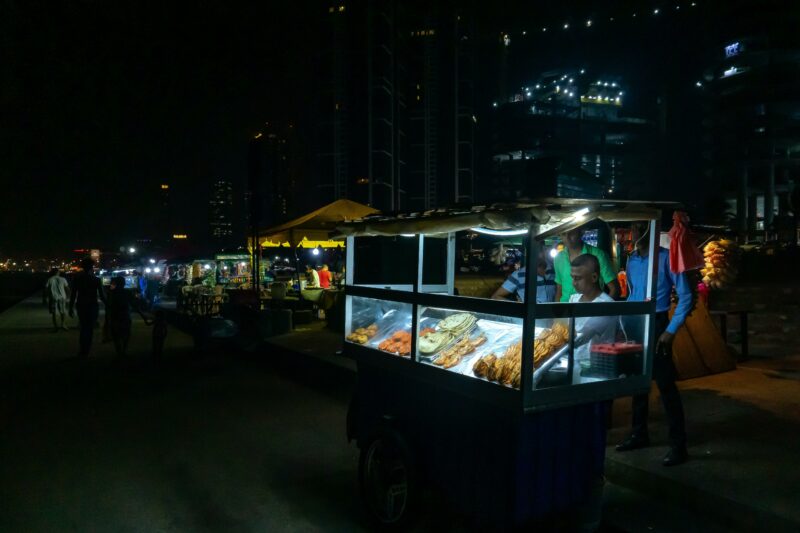
To succeed this would need to be a major debt swap to have an impact on the billions that Sri Lanka owes. But a growing number of countries are starting to negotiate debt swaps – Belize, Barbados, Antigua, Cabo Verde, Jordan, Kenya, Lao PDR with each debt deal planned as bigger than the last. There are three ways to reach scale in a debt swap:
- A comprehensive approach to involve major creditors so that all creditors are offering debt reductions at the same time – for Sri Lanka this would require careful negotiation led by the IMF which has already emerged as the lead interlocutor and which has shown itself interested in debt swaps. The IMF could lead in bringing in the other major creditors including China, India and Japan and the private creditors.
- Use of Key Performance Indicators (KPIs) drawn from national commitments for climate and nature and the key sustainability sectors which provide commitments to creditors that the debt savings will be well spent. Once achieved these KPIs will allow the bulk of debt reductions to be spent on “general purpose” fiscal space
- Channelling the debt savings through the national government budget with appropriate fiduciary safeguards - which will allow economies of scale and greater citizen accountability than use of third-party trust funds.
By engaging in this major debt for climate and nature swap, Sri Lanka and its creditors will be able turn the ravages of bankruptcy into a genuinely sustainable future.
Where next: Lessons for other countries and the international system
Sri Lanka is a warning sign for countries around the world, all of which are grappling in different ways with a looming omnicrisis combining income inequality, debt, governance, food, energy and international relations. Wider lessons can be drawn from the Sri Lankan example:
- Equity and poverty reduction: Inequality and poverty have grown hugely with the COVID and Ukraine crises and need to be addressed head-on. Gender and intersectionality is still the main driver for exclusion and gender-based violence has shot up in the pandemic. There is an urgent need to follow up on laws for gender equity, safeguard and broaden social protection also linked to climate and nature goals, support sustainable small and medium scale enterprises (SMEs) and fair employment, particularly for youth, and to introduce progressive taxation such as the global minimum corporation taxation agreement.
- Finance and governance: Short-term financial assistance and liquidity is vital to address the crisis, whilst also addressing structural governance issues to ensure financial transparency and fiduciary management. This should include transparent debt suspension and restructuring linked to climate and nature (as set out above for Sri Lanka), support for anti-corruption measures, new Special Drawing Rights (SDRs) issued by the IMF re-allocated to developing countries, recapitalisation of the Multilateral Development Bank (MDBs) and Green Climate Fund (GCF) including sufficient finance for climate resilience, channelling development and climate finance to the local level and incentives for the private sector to invest in climate and nature markets whilst avoiding greenwashing and offsets, such as through biocredits.
- Energy and food: The spiralling cost of fossil fuels must be the spur to finally shift fully to renewables and remove market barriers to energy efficiency. Food price hikes on imported food should likewise incentivise dynamic small holder agricultural domestic supply chains. In both cases market and project “aggregators” are needed to bundle small holders’ engagement to incentivise sustainable agricultural and energy practices.
Through these reforms, other countries can learn from Sri Lanka’s pitfalls and the world can claw its way back from these multiple crises.
- Paul Steele, IIED
